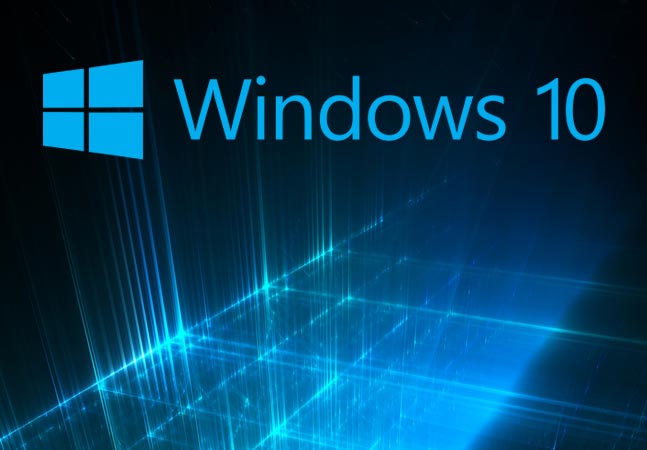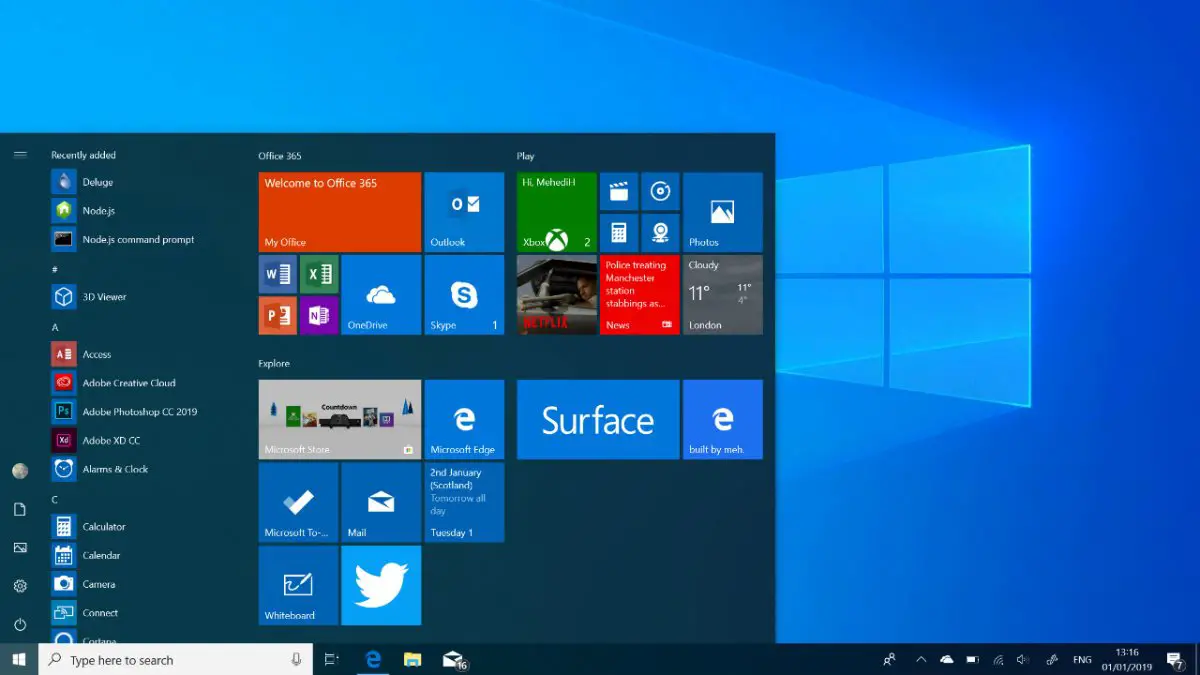Microsoft reduces the fragmentation of Windows 10. The launch of Windows 10 20H2 as a minor update of the operating system, has managed to reduce errors in the platform and has encouraged users to install it with the consequent decrease in the fragmentation of Windows 10, according to the adoption data that we receive.
- Microsoft plans to run Android apps on Windows 10 in 2021
- Project xCloud will be compatible with Windows 10 computers with ARM
- Windows 10 suffers from performance losses in its 2004 version
You already know the situation. Microsoft adopted the “Windows as a service” model for the development of Windows 10, scheduling the launch of two major versions per year as a continuous release or rolling release used by GNU/Linux distributions for years. Although a frequent release has advantages by keeping the system more updated in functions and new technologies, it also produces disadvantages.

Microsoft has not been able to maintain this development model and the bugs (some very serious) have turned the updates into a high-risk exercise and users have chosen to keep previous versions more stable, increasing fragmentation. The firm changed the initial strategy towards a less ambitious but more secure development, recovering the concept of “Service Pack” for the second annual update with the main objective of improving performance and stability.
Although the known errors persist (the ecosystem of hardware and software of Windows is gigantic and it is simply that they do not arise), they are not so many nor as serious as in previous years and together with a more gradual and controlled distribution they seem to have achieved the user’s confidence in the last versions.
The latest version Windows 10 20H2 is already installed on 9% of computers. A much faster adoption than previous versions if we take into account that it has not yet finished its deployment. The spring edition, Windows 10 2004, has increased to 37.6% and has become the most widely used version.
Windows 10 v1909 still has 36.4% of the market, but it has dropped quite a bit in the last two months as in previous editions. As for the number of trials, they vary according to the version between 0.5 and 1% according to the different monthly reports. They represent thousands of free test kits for the system and are already testing the versions that will arrive in 2021. This results in many bugs that can be fixed before the release of the stable versions.
Microsoft reduces the fragmentation of Windows 10. These are good news because it means that the quality of the software has been improved. Two feature updates per year are not necessary and it is preferable to ensure stability. Apple, the great mirror in which to look at oneself in software support by both Microsoft and Google with Android (the worst one in fragmentation), only releases one annual version for the macOS or iOS. It is an example of efficiency with the greatest adoption by users.





